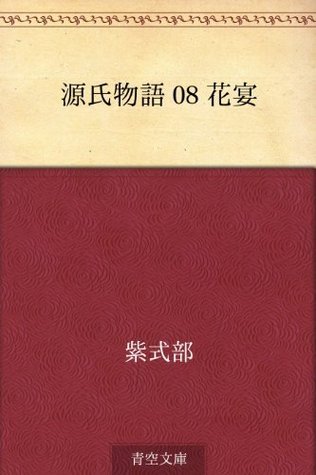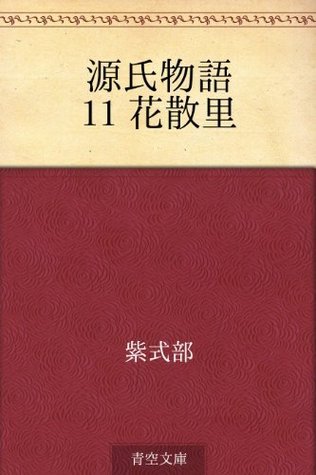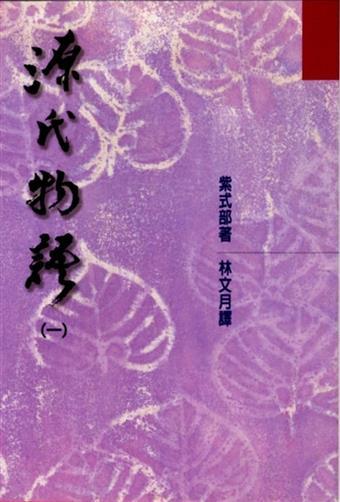


Books in series

源氏物語 08 花宴
2012

源氏物語 09 葵
2012

源氏物語 11 花散里
2012

源氏物語 19 薄雲
2012

源氏物語 23 初音
2012

源氏物語 33 藤のうら葉
2012

Genji & Heike
Selections from The Tale of Genji and The Tale of the Heike
1994

The Tale of Genji
2010

The Tale of Genji
2012

Genji monogatari yūgao = Stories from the tale of Genji Yugao
Level 4
2008

源氏物語(一)
2000

源氏物語(二)
2000
Authors

Murasaki Shikibu, or Lady Murasaki as she is sometimes known in English (Japanese: 紫式部), was a Japanese novelist, poet, and a maid of honor of the imperial court during the Heian period. She is best known as the author of The Tale of Genji, written in Japanese between about 1000 and 1008, one of the earliest and most famous novels in human history. "Murasaki Shikibu" was not her real name; her actual name is unknown, though some scholars have postulated that her given name might have been Takako (for Fujiwara Takako). Her diary states that she was nicknamed "Murasaki" ("purple wisteria blossom") at court, after a character in The Tale of Genji. "Shikibu" refers to her father's position in the Bureau of Ceremony (shikibu-shō). ————————————- Murasaki Shikibu. (2007, October 8). In Wikipedia, The Free Encyclopedia. Retrieved 22:03, October 19, 2007, from http://en.wikipedia.org/w/index.php?t...